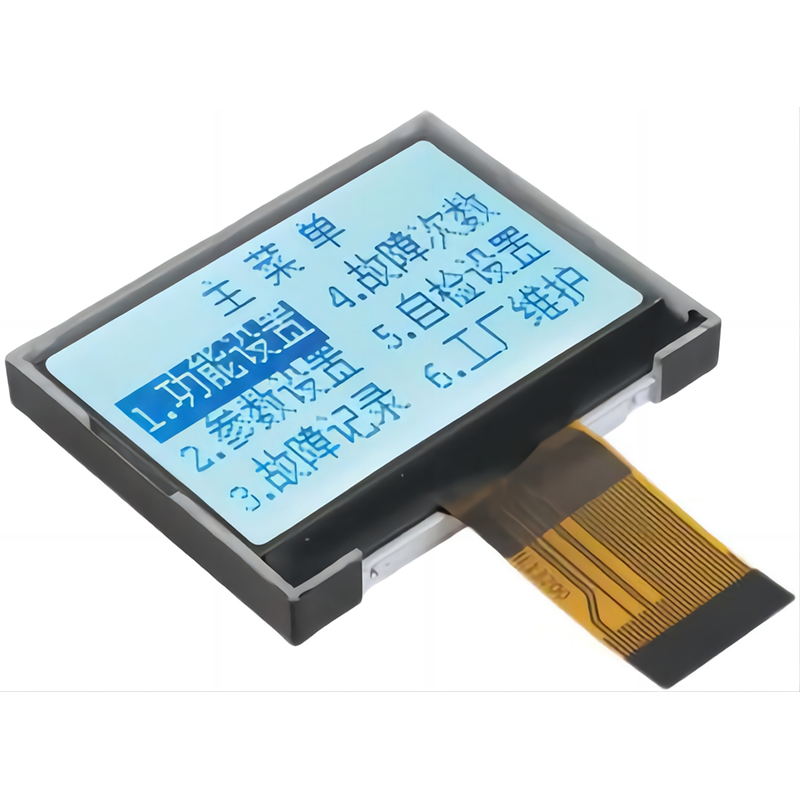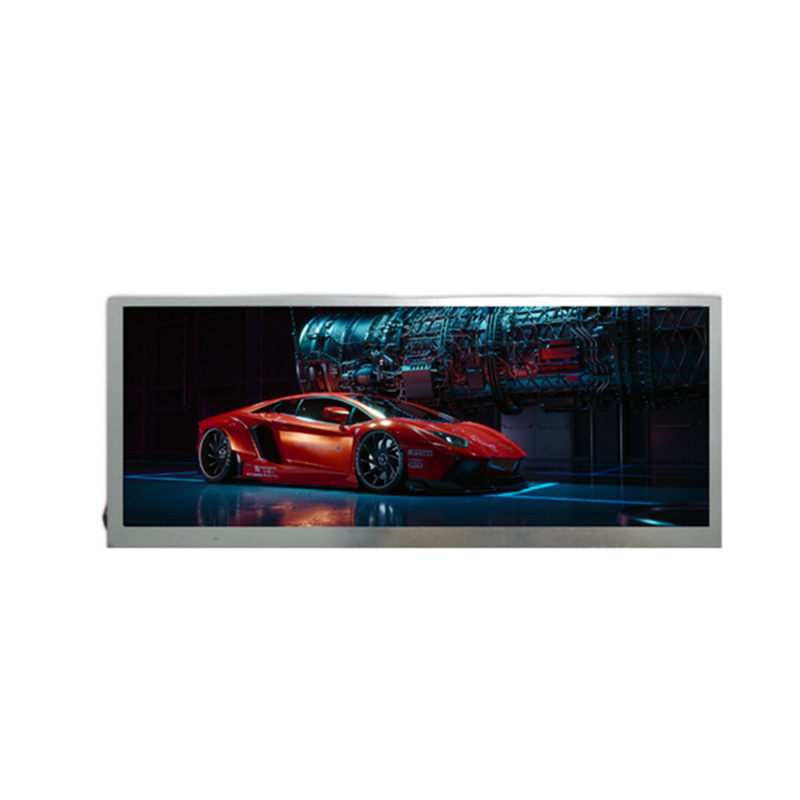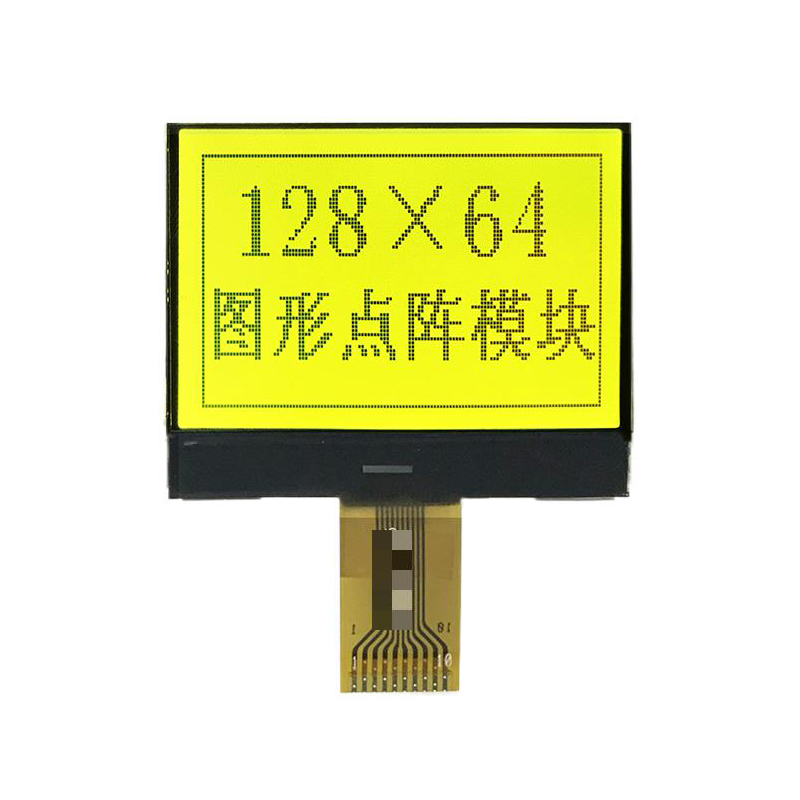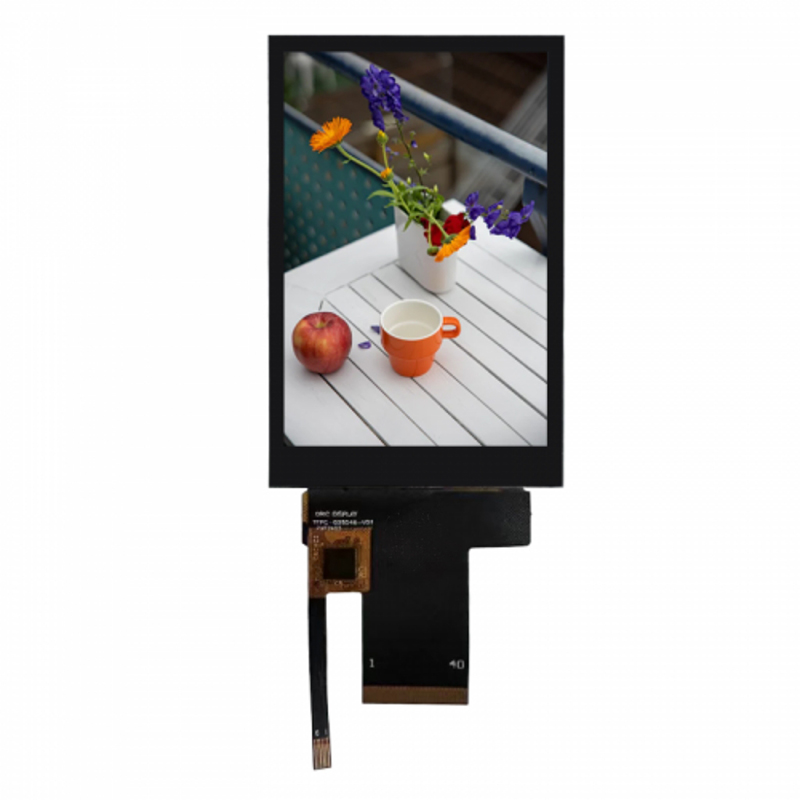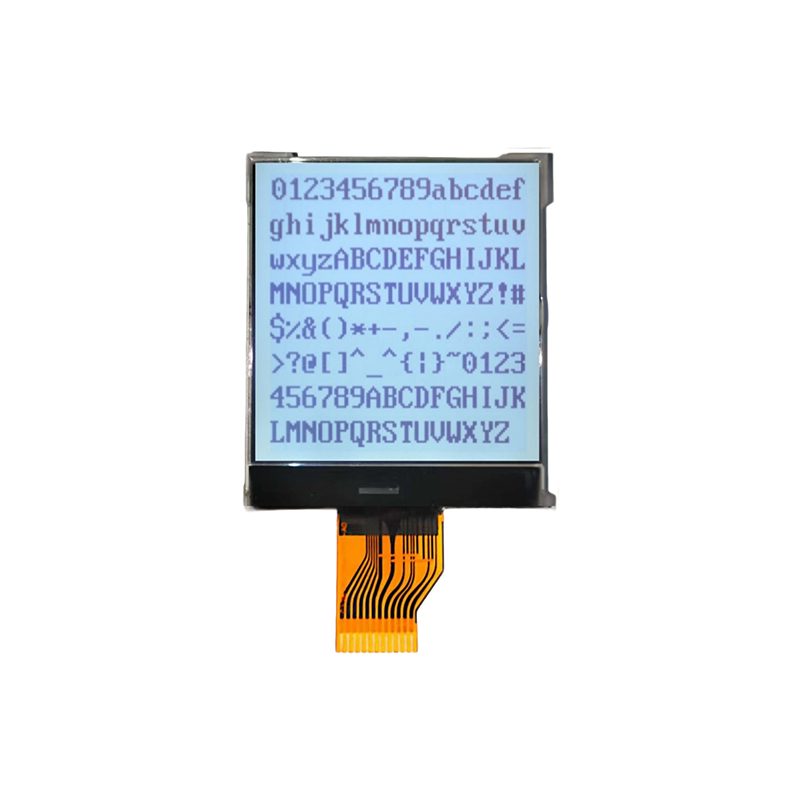
This guide provides a detailed overview of 320x240 TFT displays, covering their specifications, applications, advantages, disadvantages, and selection criteria. We'll explore different types, key features to consider, and help you find the perfect display for your needs.
A 320x240 TFT display boasts a resolution of 320 pixels horizontally and 240 pixels vertically. The physical size of the display varies depending on the pixel density (pixels per inch or PPI). Higher PPI results in a sharper image but often at a higher cost. You'll find these displays in various sizes, ranging from small embedded systems to larger portable devices. Finding the right size for your application is crucial. Consider the viewing distance and the level of detail required for your content.
Several types of 320x240 TFT displays exist, each with its own strengths and weaknesses. These include:
When choosing a 320x240 TFT display, consider these critical features:
320x240 TFT displays find applications in a wide range of products, including:
The best 320x240 TFT display depends on your specific requirements. Carefully consider the factors outlined above and prioritize the features most important to your application. For example, a display for a handheld device needs to prioritize power efficiency and size, while an industrial application might emphasize durability and wider operating temperatures. If you need assistance with choosing the right display for your needs, consider consulting Dalian Eastern Display Co., Ltd. They offer a wide variety of high-quality displays.
| Feature | STN | TFT |
|---|---|---|
| Cost | Lower | Higher |
| Power Consumption | Lower | Higher |
| Viewing Angle | Narrow | Wider |
| Color Reproduction | Poor | Good |
| Response Time | Slower | Faster |
Remember to always check the specifications of the specific 320x240 TFT display model you are considering before making a purchase. This information is for general guidance only and may not apply to all models.


